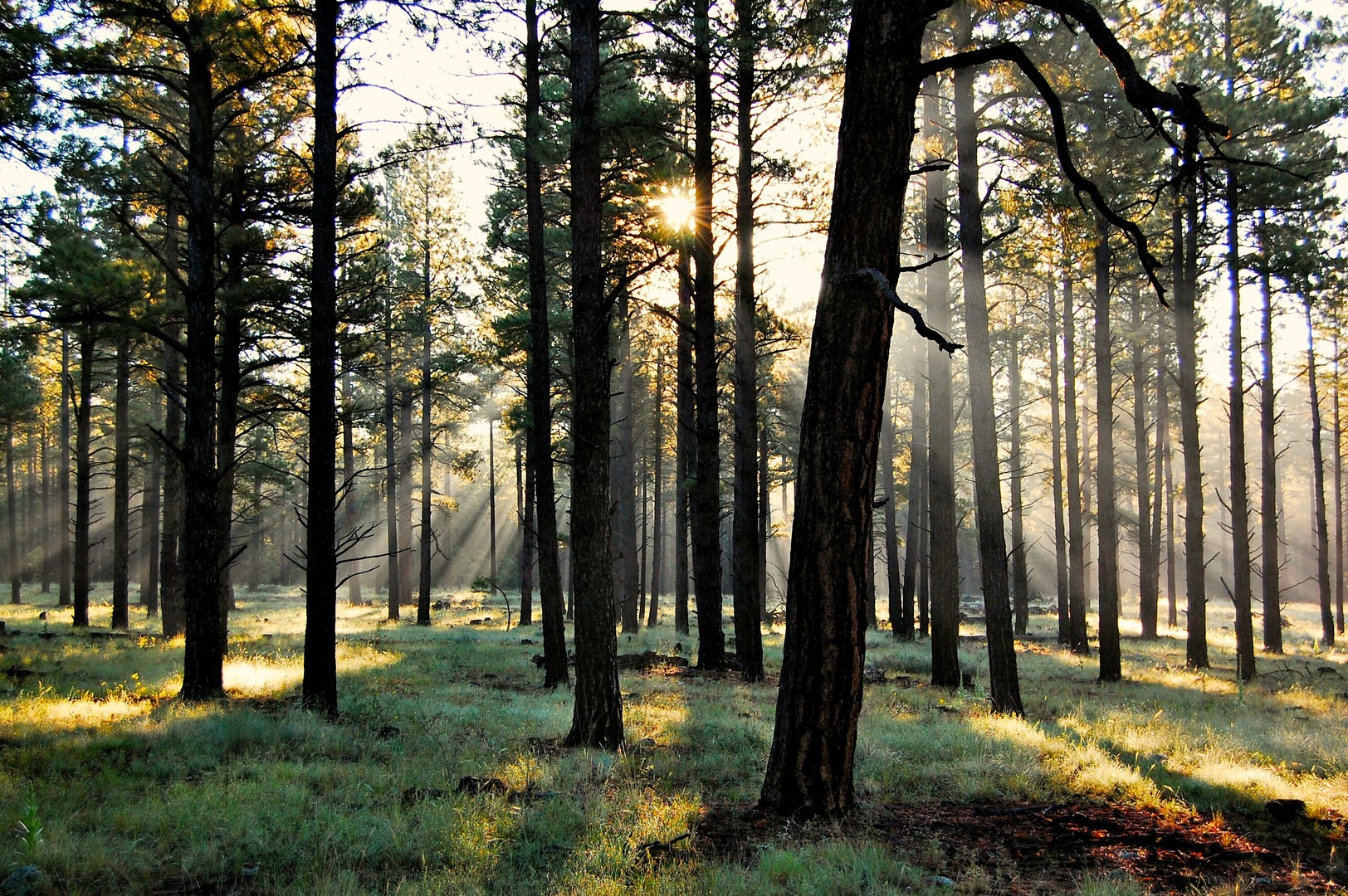You are here
In the fall of 2005, I found myself in the backcountry wilderness of Chilean Patagonia, trudging across wetlands covered by foot-high moss like sponges to the touch, where we sometimes pitched a tent in standing water and the rain fell in unrelenting and steady monotony.
Despite the seemingly indefatigable march of progress, there are still parts of this world that remain largely untrammeled by humans, and this was one of them. The archipelago of Chilean Patagonia was then still the small backwater home to the Kawesqar people, whose numbers had dwindled to fewer than 200. Their boats patrolled these waters in search of fish, and the oyster feasts of their ancestors remained in piles on the rocky fjord beaches, but the unforgiving landscape had been emptied of its human inhabitants.
We came and went as the only people to traverse the mountains and glaciers in this place in our time. We set out in search of the Pio XI glacier, then the fastest-growing glacier in the Southern Hemisphere and responsible for literally eating a homestead.
Leave No Trace principles were designed to limit the impact of human travel in wild places. The ethic preserves the ideal character of the wilderness experience: that a person can travel across a landscape with the sense of wonder uncompromised by the after-effects of other people. Pack out your trash; camp away from fresh water sources; disperse while traveling overland, but stick to the trail. Leave only footprints, take only memories is the rule of thumb, and we were endowed with this responsibility from the moment we arrived in Puerto Eden.
We planned our glacier excursion around a month of overland travel from the coast of the Canal Messier to the Pio XI and back—an ideal trip to observe the effects of our own travel in retrospect. We found that, even after weeks of our absence, even the smallest details remained imprinted on the landscape: footprints in the moss, squares measuring 8 feet by 8 feet where our tents spent a night, broken branches and matted ground cover where we huddled together under tarps to escape the rain and the cold. The evidence of our existence in these places was obvious and persistent.
Consider the more indelible marks. Chicago Basin, a peak-bagger’s paradise in the San Juan Mountains, sees 100,000 visitors annually and it bears the scars of heavy use: obvious campgrounds, social trails, trash left behind and dug-up remains. In 2015, graffiti appeared in Joshua Tree National Park, the work of graffiti artists who took to nature as their canvas. These marks leave behind an impression that has a lasting effect on every traveller who follows in their footsteps.
When I watched ice calve from the terminus of the Pio XI, I could wonder at its power under the pretense of seclusion, and the awe I felt would be irreversibly changed were there an aluminum can buoying offshore. A curious irony characterizes the experience of the outdoors—that we must discover a place whose very preservation is dependent on the regular visitation of “discovers.” Nevertheless, it is our obligation to preserve the experience by doing our best to remove the traces of our passage in these inspiring, wild places.





Comments
Sign In and share them.